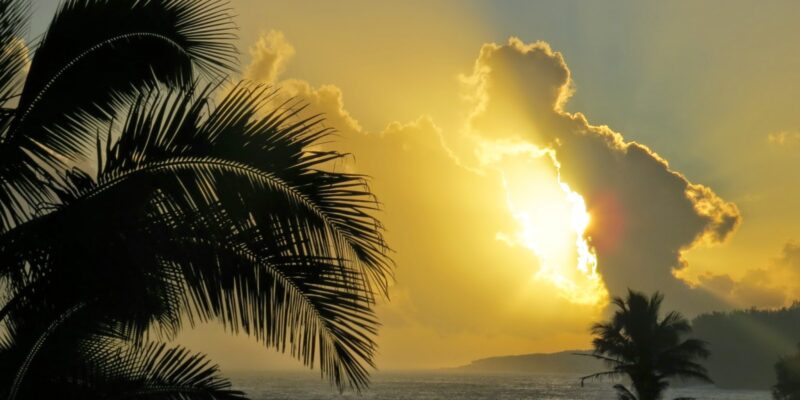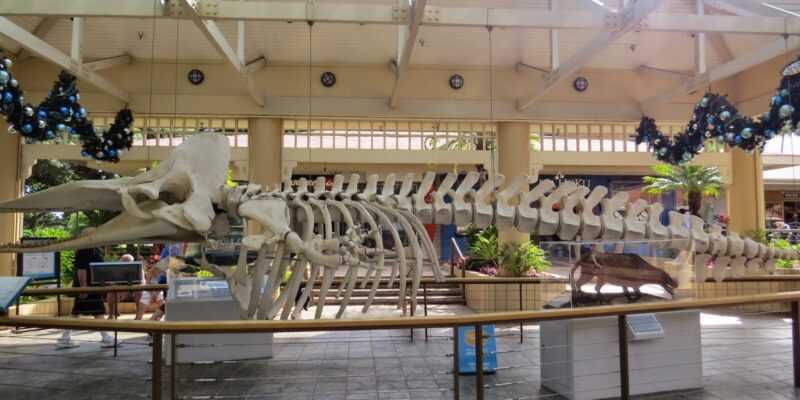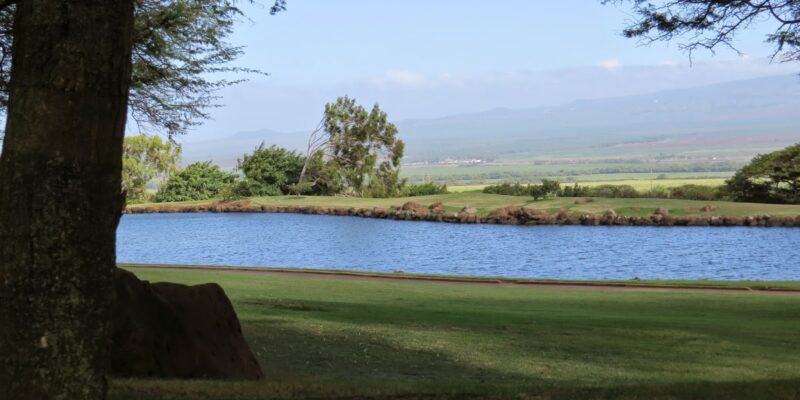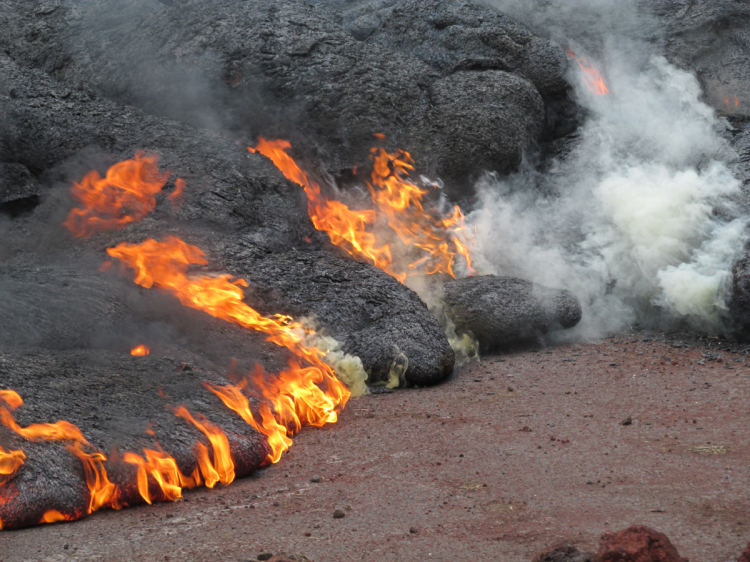
When we first began cruising in 2013, the cruise booking company we used provided some, although not all, visa requirements for countries we’d visit along the way. Many countries require visas for cruising foreign visitors whether they get off the ship or not. In many cases, in the past, the cruise line would have local immigration officers board the boat, and we’d receive visas, one by one, in lines formed to accommodate this purpose.
Since the pandemic, a lot has changed, and neither cruise lines nor cruise booking companies are providing information about required visas for any ports of call. It is entirely up to the passenger to figure this out on their own, although some travel agencies, as a unique service to their customers, may explain the visas needed for the cruise to their customers.
To verify if visas are needed (for US citizens) to any country worldwide, click here for the US Department of State.
For citizens of the countries, check with your embassy or Department of State.
Cruise lines typically don’t assist passengers in obtaining visas for the countries on their itinerary. Still, they may provide the name of a travel document company to help get the required visas for various countries in the itinerary. However, these companies are costly, and what might be a $15 fee for an ETA (electronic travel authorization) if a person applies on their own suddenly costs almost $100.
Many cruises with multiple ports of call may require four or five ETAs, resulting in extensive fees when using a travel document service. On occasion, when it’s been challenging and time-consuming to obtain a specific visa, we have had no choice but to use such a company.
When boarding a cruise, your visa documents (ETAs) will be verified, or you won’t be allowed to board the cruise. This disaster could result in lost cruise fares, added air travel costs to return home, and other related expenses.
Here’s why cruise lines operate this way and how you can prepare:
Why Cruise Lines Don’t Handle Visas
- Individual Requirements Vary: Visa requirements depend on the passenger’s nationality, the countries visited, and the type of cruise. Handling this complexity for every passenger would be a logistical nightmare.
- Legal Responsibility: It’s up to travelers to comply with international travel laws. Cruise lines cannot be held accountable if passengers are denied boarding or entry into a country.
- Timing and Process: Visa processing times and procedures vary widely, and some require in-person appointments or specific documentation that cruise lines cannot facilitate.
How Cruise Lines Support You
- Pre-Departure Communication: Cruise lines previously (before the pandemic) provided detailed information about the required travel documents for each destination. You can try to get this information, but most often, you will be referred to a travel document company. Thus…
- Partnerships with Visa Services: Some cruise companies work with third-party agencies to assist passengers in obtaining visas, though this comes at an additional cost. Using the recommended company doesn’t ensure discounted prices.
- Onboard Immigration Support: In rare cases, cruise lines might arrange for visas on arrival in specific ports, but this is usually limited to certain destinations and itineraries.
How to Handle Visa Requirements as a Passenger
- Research Early: Check visa requirements for every country on your itinerary as soon as you book your cruise.
- Consult Experts: Use services like VisaCentral or your local consulate for detailed advice and processing help.
- Allow Extra Time: Start the application process months in advance to account for delays or additional requirements.
- Carry Copies: Bring digital and physical copies of your visas and travel documents during the trip.
A Pro Tip for Smooth Sailing
If you’re unsure about visa needs or processes, join online forums or social media groups dedicated to your cruise line or destination. Fellow travelers can provide firsthand insights and tips based on their experiences.
Have you encountered visa challenges while cruising, or are you planning a trip where this might be an issue?
The proper preparedness and handling of the visa process is crucial for a good cruise experience.
Thanks for stopping by!
Be well.
Photo from ten years ago today, January 8, 2015:\\
|
|



































